Honestly, the best season to visit Trás-os-Montes depends on what you want to experience—every time of year brings its own magic. I always lean toward late winter into early spring, when almond trees explode with blooms and the hillsides turn white and pink. Wandering through these blossoms feels almost unreal, and the villages suddenly buzz with life and celebration.
If autumn’s your thing, chestnut season is something you shouldn’t miss. By October and November, the landscape shifts entirely, bursting with vivid fall colors and the cozy scent of roasting chestnuts drifting from village festivals. Even outside these peak moments, Trás-os-Montes keeps a wild, rugged charm that always grabs me.
I’ve realized that catching these fleeting moments can turn an ordinary trip into something unforgettable. If you’re planning a visit, try to time it for the almond blossoms or chestnut festivals for a real taste of what makes Trás-os-Montes so special.
Understanding Trás-os-Montes’ Seasonal Magic
Traveling through Trás-os-Montes, I’ve watched how each season transforms this place—sometimes in quiet ways, sometimes with jaw-dropping displays.
From the almond blossoms in early spring to autumn’s fiery foliage, the region’s rhythm and traditions pulse with the changing climate and scenery.
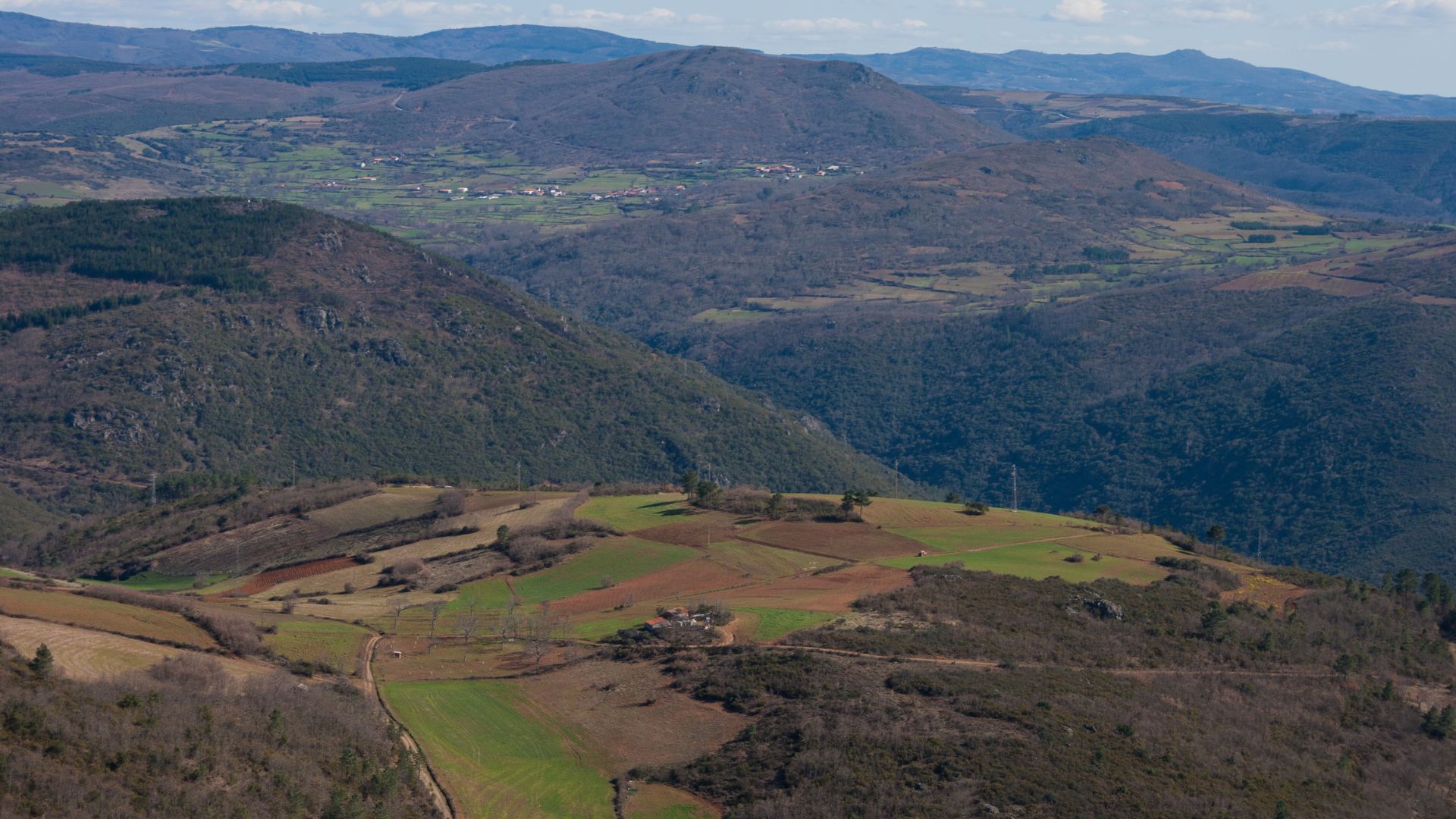
How Climate Shapes Experiences
Trás-os-Montes really earns its name—“Behind the Mountains.” Its location brings sharp contrasts in weather and mood throughout the year.
In winter, higher villages often wake up under frost or even snow. By spring, valleys warm up and almond trees burst into bloom.
Summer can be brutally hot, especially in lowland spots like Mirandela. I find outdoor activities tough in the midday sun. Autumn takes over with chestnut harvests and local festivals. The air cools, the skies clear, and it’s probably the best time for walks and soaking up rural life.
Locals plan their lives and celebrations around these shifts. The weather shapes the food, the pace, and even the people’s moods—every visit feels a bit different.
Landscape Transformations Throughout the Year
Each season paints Trás-os-Montes with new colors. Late winter and early spring bring blankets of almond blossoms, drawing in photographers and nature lovers. I still remember the scent and how the light softened everything.
Come summer, the fields dry out and turn golden. Olive trees dot the hills, and the sun gets relentless. By autumn, chestnut trees take over, their leaves glowing orange and gold. It’s harvest season, and villages put on lively chestnut festivals—if you want a real slice of rural Portugal, this is it.
Winters can make the mountains feel stark and quiet. Sometimes snow dusts the peaks, setting the mood for slow walks or cozy fireside meals.
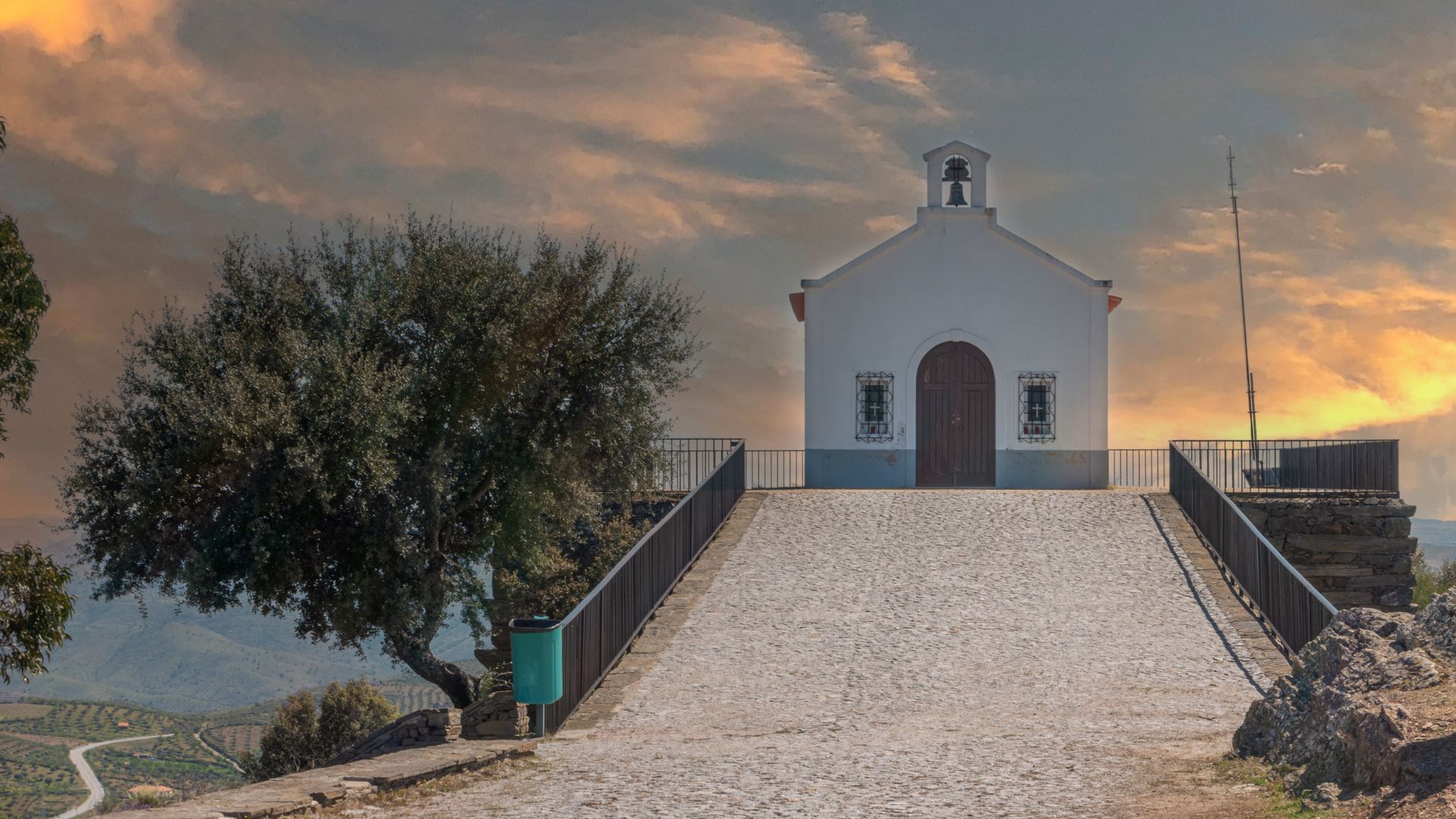
Weather Considerations for Travelers
When you plan a trip here, the weather really matters. For comfort, I’d say spring (April-May) and autumn (September-October) are the sweet spots—days are mild, nights cool. That’s when I love hiking, and village traditions are in full swing.
Summer (June-August) brings the heat, especially down in the valleys. If I visit then, I stick to exploring early in the morning or later in the afternoon. Winters (November-February) can get cold and sometimes snowy up in the higher villages. Some rural hotels or attractions might close or cut back their hours.
I always pack layers, since the temperature can flip fast—especially if I’m heading from sunny valleys up to breezy mountain roads.
Almond Blossom Season: Winter Into Spring Wonders
Every year, Trás-os-Montes shakes off winter with a burst of almond blossoms. Pale pink and white flowers take over the hills, and country roads get lined with clouds of petals.
Where and When Almond Trees Bloom
Almond blossom season kicks off as winter fades, usually from late February into early March. Up in the northern valleys and villages, the timing shifts a bit depending on that year’s weather.
Some of the best spots are around Mogadouro, Vila Nova de Foz Côa, and Torre de Moncorvo. I’ve found the small village roads often have orchards totally covered in blooms, and hillside towns look amazing set against the granite with ribbons of color.
Local farmers sometimes put up signs welcoming visitors. The almond trees also signal the start of festival season. On weekends, I stumble across markets or fairs selling traditional almond sweets, liqueurs, and crafts.

Planning an Almond Blossom Road Trip
Planning a road trip for the blossoms means keeping an eye on the weather and bloom forecasts. I check with local tourism boards or recent reports online—bloom times can shift if winter drags on or ends early.
Here’s my approach:
- Pick your dates: I aim for the last week of February or the first week of March for peak blooms.
- Map the route: Starting in Vila Nova de Foz Côa, I wind through Torre de Moncorvo and up toward Mogadouro.
- Watch for events: I keep an eye out for “Festa das Amendoeiras em Flor” (Almond Blossom Festival), which pops up in different towns and adds a festive vibe.
As I drive between villages, I like to stop at local cafés for homemade almond cakes—little culinary surprises along the way.
Best Spots for Photography and Strolling
Sunrise and sunset set the blossoms glowing in golds and pinks—perfect for photos. My favorite spot for pictures is the Douro river valley near Torre de Moncorvo, where the blooms frame sweeping views.
For walking, the trails near Mogadouro and Freixo de Espada à Cinta wind through orchards. Most are easy enough for any age. I always bring a light jacket—the early spring breeze can still bite.
If you’re into photos, try a macro lens or your phone’s close-up mode to catch petals sparkling with morning dew. Local churchyards and quiet lanes also make peaceful, uncrowded backdrops for a stroll or a snapshot.
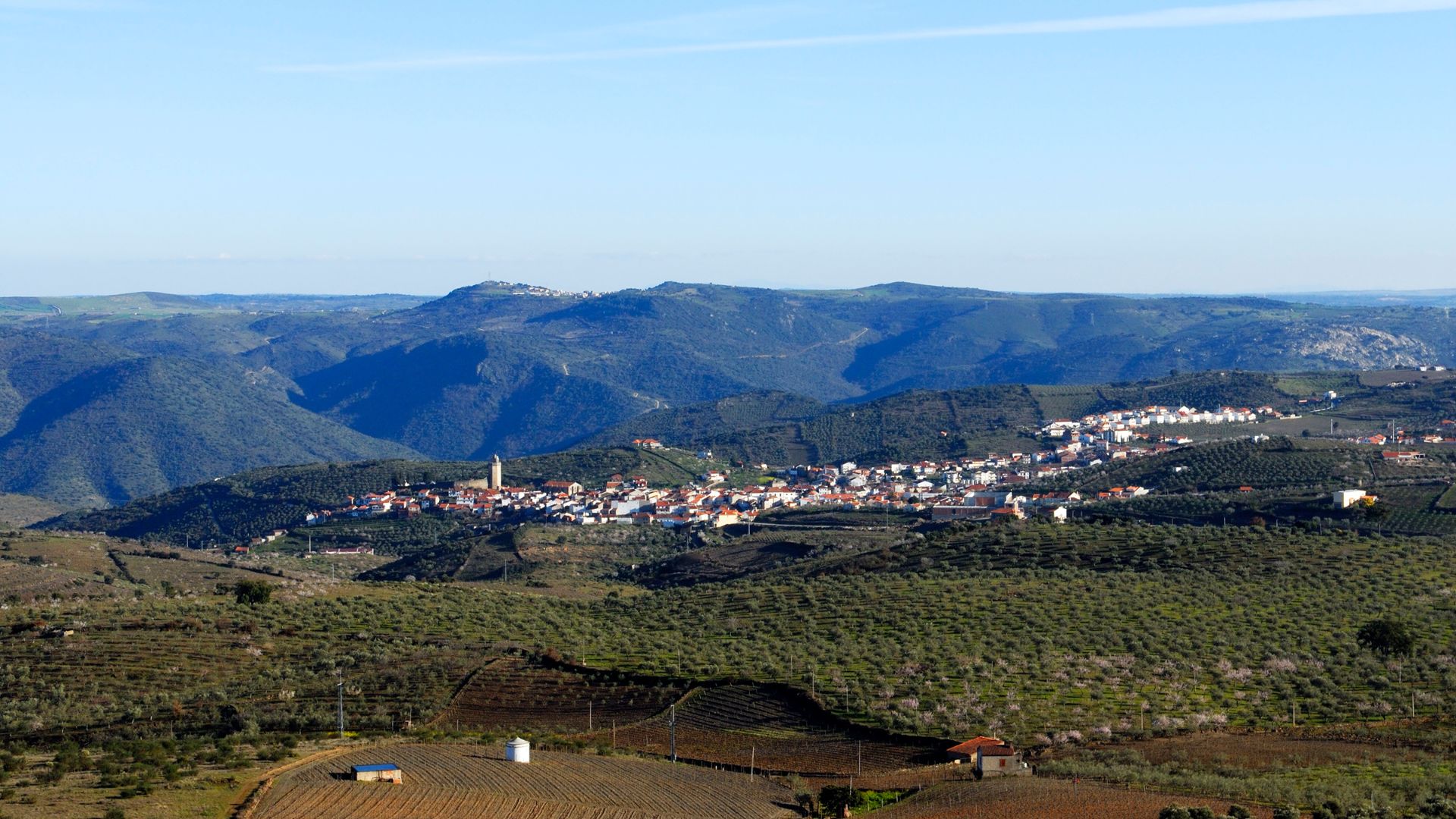
Chestnut Festivals and Autumn Traditions
Autumn in Trás-os-Montes brings a special buzz as villages fill with the smell of roasted chestnuts and people gather for lively celebrations. These festivals spotlight old traditions and a welcoming spirit that’s hard to miss, even if you’re new in town.
The Heart of Chestnut Celebrations
When I visited in October, chestnut vendors lined the streets and music floated through the towns. The big event is usually a Magusto, a celebration packed with singing, dancing, and fires roasting chestnuts.
People gather in small squares, swapping stories as they warm their hands on paper cones filled with sweet, smoky chestnuts. Kids play around bonfires, elders trade tales of autumns gone by. The sense of togetherness is something I rarely find elsewhere.
Traditional costumes add color and pride, worn by both young and old. The air gets crisp, but the crowds, music, and simple joy of sharing chestnuts make everything feel warm and inviting.
Local Foods and Culinary Experiences
Chestnut season here isn’t just about snacking on roasted nuts. Local cooks get creative, making chestnut soups, breads, and desserts like bolo de castanha. At festivals, market stalls tempt you with all sorts of treats.
Some of my favorites are chestnut and pork stew, chestnut rice, and chestnut flans. I tried jeropiga, a sweet local wine that pairs perfectly with roasted chestnuts. It’s a festival staple, usually served in small glasses as people mingle.
Food brings everyone together. It’s easy to strike up a chat with a stranger over a plate of chestnut pastries, swapping tips and recipes. If you’re into rustic, homemade flavors, this is the time and place.

Must-Visit Villages and Festivities
Certain villages really shine during chestnut festival time. Vinhais blew me away with its grand Magusto and deep-rooted chestnut traditions.
Bragança throws a big event, with folk dances and local crafts. Smaller villages like Carrazeda de Ansiães offer a quieter, more intimate spin on the festival. Here, everyone seems to know each other, and visitors get welcomed in.
Some towns invite guests to join the chestnut harvest or learn roasting methods. Walking through chestnut groves, then tasting the hot nuts straight from the fire, sticks in my memory.
Here’s a quick guide to a few standout festival spots:
| Village/Town | Festival Name | Highlights |
|---|---|---|
| Vinhais | Magusto de Vinhais | Parades, music, bonfires |
| Bragança | Festa da Castanha | Handicrafts, folk dancing |
| Carrazeda de Ansiães | Local Magusto | Community feasts, workshops |
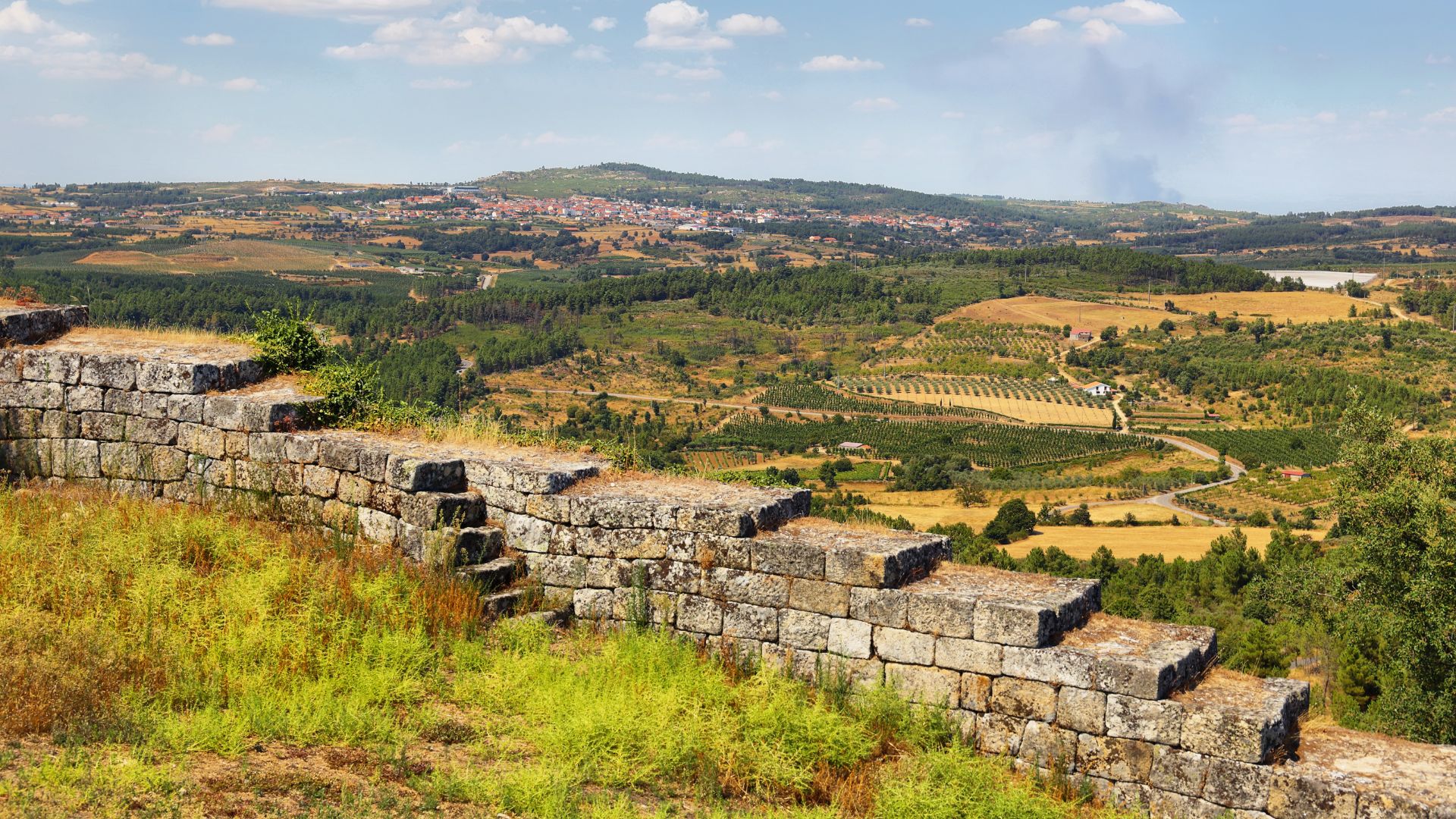
Embracing Trás-os-Montes’ Stark Beauty
When I wander Trás-os-Montes, the wild scenery often feels untouched and raw. Each season brings its own flavor, with sweeping hills, dramatic skies, and timeless villages shaping the region’s unique pull.
Capturing Rugged Landscapes in Every Season
Whatever the month, Trás-os-Montes is a dream for photographers. In winter, almond blossoms scatter pink and white against bare hills. Spring rolls out green meadows and wildflowers, with the Douro River valleys shining under new sun.
Summer dries things out, the plateaux turn golden, and rocky ridges stand out under blue skies. Autumn might just be my favorite, with forests shifting to gold, red, and orange, wrapping ancient stone villages and winding roads.
I never leave without catching a sunrise or sunset. The light deepens every texture—stone walls, twisted trees, even wandering sheep. Sometimes, if I’m lucky, morning mist drifts over the valleys, making familiar places look magical.
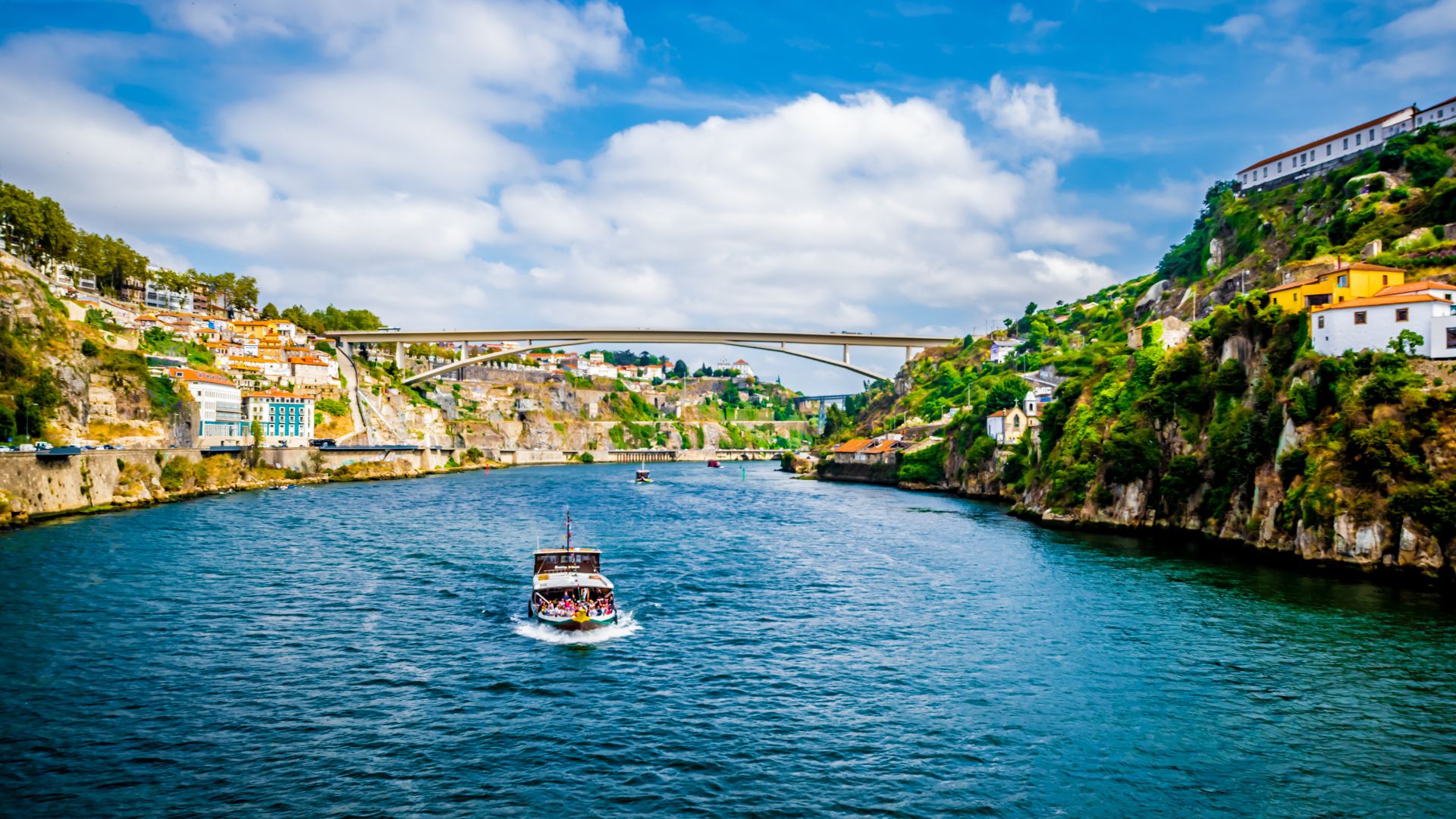
Hiking and Outdoor Activities
Hiking trails crisscross the region, leading me through ravines, oak forests, and quiet mountain lakes. Montesinho Natural Park, for example, has well-marked paths where I’ve spotted wild deer and even the occasional golden eagle.
Spring and autumn bring cool air, perfect for long hikes without the sun beating down. I always pack water and a picnic. Some trails pass old Roman bridges, hidden waterfalls, or tiny hamlets that seem frozen in time.
For more adventure, I’ve rented bikes to explore the plateaux or gone birdwatching with local guides. The reward? Quiet moments with nature and scenes I just can’t find anywhere else in Portugal.
The Allure of Quiet Villages
The real heart of Trás-os-Montes, for me, is its villages. Places like Vinhais, Miranda do Douro, and Bragança have sturdy stone houses, tiny chapels, and sleepy squares where old men chat on benches.
Each village has its own rhythm, shaped by centuries of history and tradition. I love wandering cobbled streets early in the morning, listening to roosters and church bells echo in the mist.
Sometimes, locals invite me in for coffee or homemade sausage. In autumn, chestnuts roast on street corners. Even the smallest villages throw lively festivals where everyone seems to know each other. Life moves gently here, and visitors get treated like old friends.
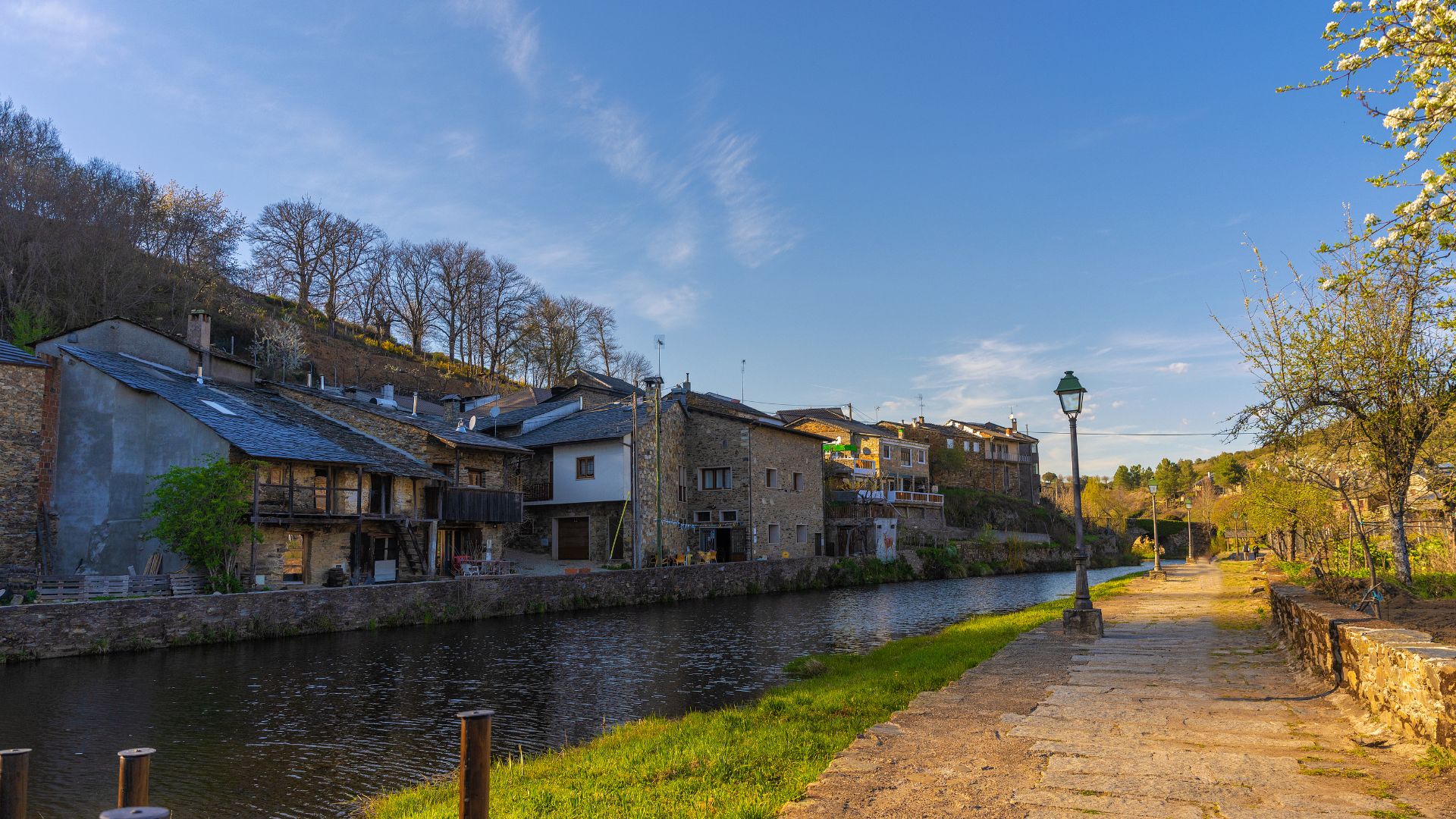
Travel Planning Tips for Every Season
Trás-os-Montes really does have a bit of everything—crisp winters, lush springs, lively autumns, and plenty of sunny days in summer. Each season brings its own surprises and challenges, from almond blossoms lighting up the hills to bustling chestnut festivals.
Choosing the Right Time for Your Interests
When I picture Trás-os-Montes in winter, I see rolling hills dusted with frost. In February or March, you’ll catch those delicate almond blossoms too.
If you’re into quiet beauty and early spring flowers, this window just feels special. Honestly, there’s something peaceful about the hush before the real tourist crowds show up.
Spring and early summer bring mild weather—great for hiking, rural drives, and wandering through traditional villages like Miranda do Douro. The valleys turn bright green, and you can actually find a viewpoint without bumping elbows with anyone.
For festival lovers and foodies, autumn flips the script. Late September through November, you’ll stumble into chestnut harvests and festas everywhere.
Local markets overflow with seasonal goodies. Towns, big or small, seem to buzz with energy you can’t really fake.
Summer, though? It can get blazing hot, especially down in the valleys. I usually take those afternoons slow and hang out in shaded plazas or wander stone villages at a snail’s pace.
If you’re not a fan of heat or crowds, late spring or early fall just feels right. It’s a sweet spot, honestly.
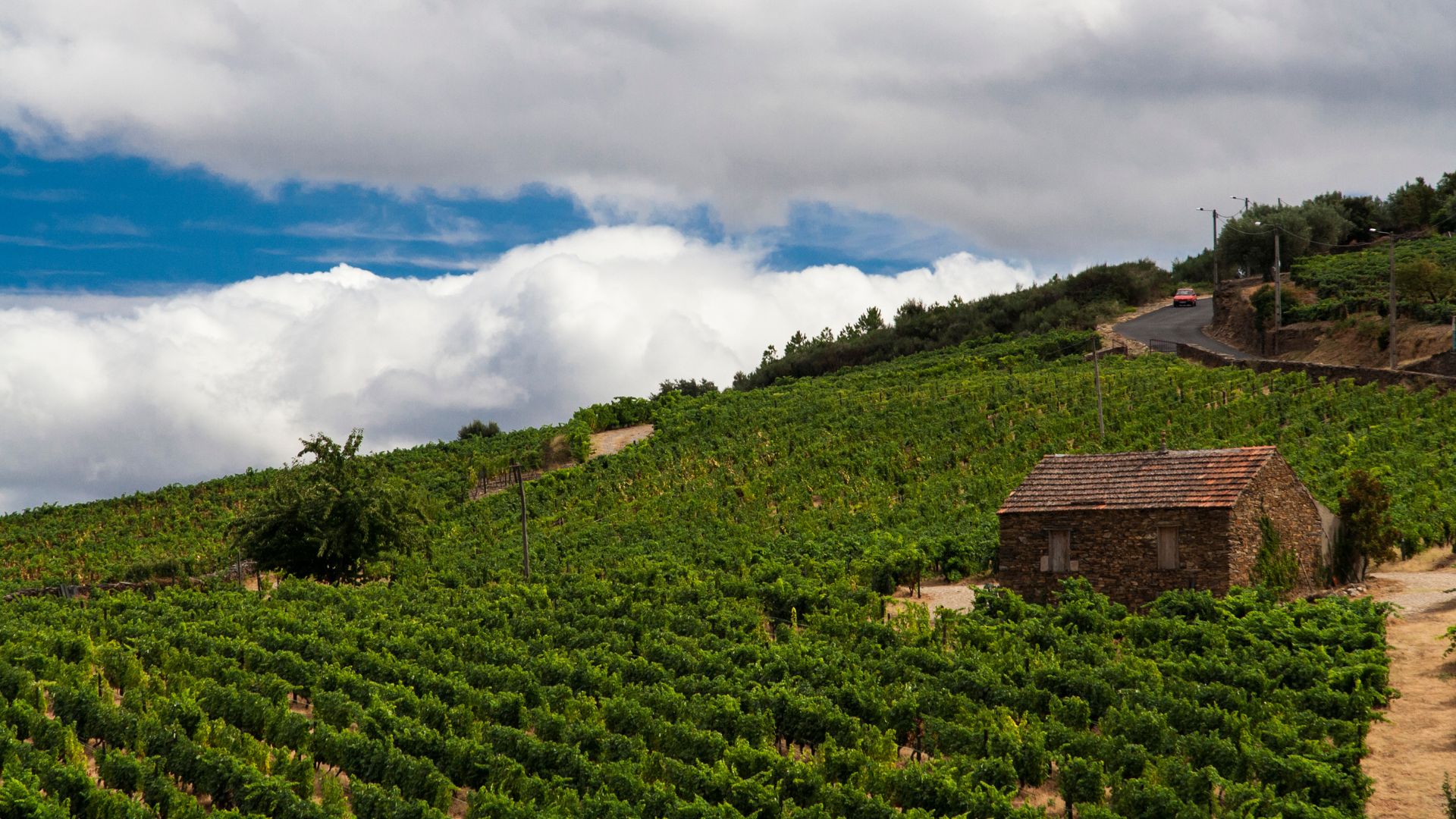
Local Customs and Festive Events
Trás-os-Montes stands out because of its wild calendar of traditions. In winter, you’ll spot the Caretos—masked folks in bright costumes—parading during local festivals, especially in Podence.
I still remember hearing those bells echo from a distance, and the smell of roasting chouriço drifting through the cold air. The almond blossom season stays quieter, but you’ll find village fairs and markets packed with sweets.
Autumn? That’s chestnut time. Miranda do Douro and Bragança throw festas with roasted chestnuts, folk music, and processions.
These celebrations go deep—sometimes they feel like something out of the Middle Ages. If you want to jump in, just join a local community. People are friendly, but the festivities can feel pretty close-knit.
Don’t skip the smaller festivals, either. Pagan traditions mix with religious ones, and every village puts its own twist on things.
That’s when Trás-os-Montes really comes alive. Visitors? Always welcome to join the fun.
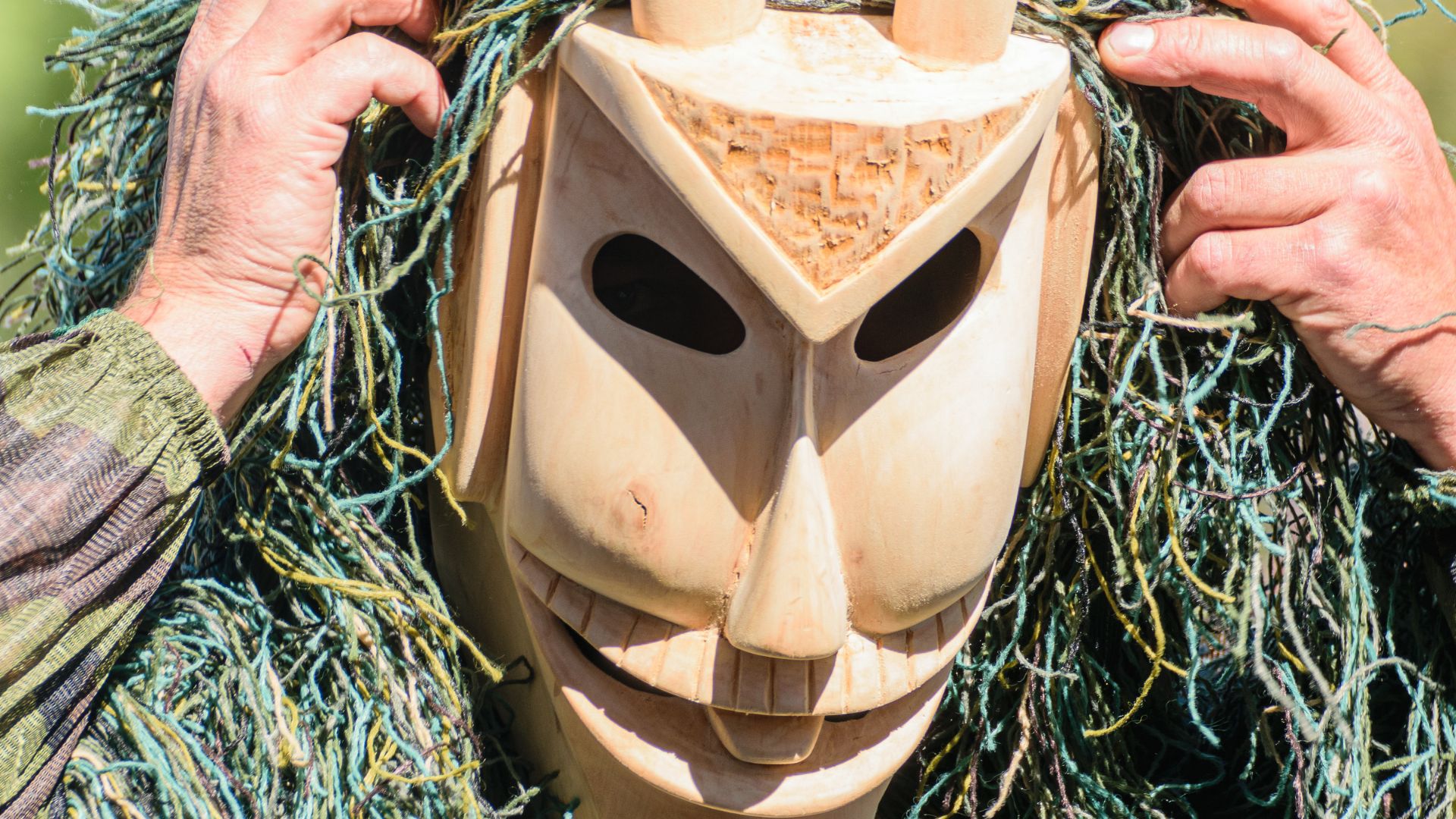
Packing Advice and Transportation
Packing for Trás-os-Montes isn’t really complicated, but honestly, it all depends on when you go. For winter and early spring, I usually throw in layers, a solid rain jacket, and comfortable shoes—sometimes waterproof, because you never know.
Evenings get pretty chilly up in the hills. Some of those older guesthouses can feel downright brisk, so I don’t skip a warm sweater.
Summer? Light clothes are a lifesaver. Still, I always toss in a sunhat and sunscreen—the sun gets harsh out there, especially if you’re walking a lot.
Autumn’s a bit unpredictable. You’ll get warm days, cold evenings, and the occasional rain shower. A good sweater and a small umbrella have saved me more than once.
I like to carry a small backpack for picnic stops or picking up goodies at the market. It just makes things easier.
Getting around can be a bit of a headache. I usually rent a car because it’s the best way to reach those tiny villages and mountain trails.
Train and bus service don’t really cover the area well, especially outside the bigger towns. With a car, I can stop wherever I want—snap photos, grab a coffee, or just wander into places most tourists never see.

